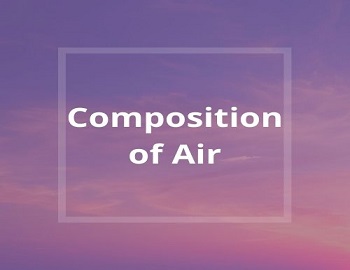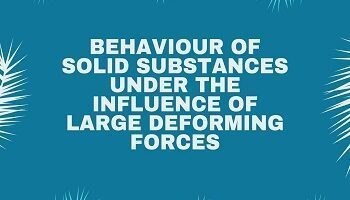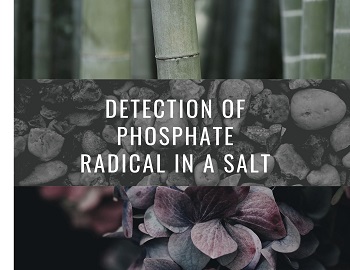Table of Contents
Kinetic Energy and Potential Energy:
Kinetic Energy:
A body in motion can do work. It can displace another body at rest. It can deform another body. If a moving car hits a bicycle, it deforms the bicycle. The energy possessed by a body due to its motion is called kinetic energy. The word kinetic has been derived from the Greek word ‘kinesis‘ which means motion.
In a river, moving water has energy. It rolls the stones, makes them smooth and round. Other examples of kinetic energy which are capable of doing work are wind, a running rail engine dragging loaded compartments of train, water falling from a dam on the blades of a turbine, a fast moving bullet, a stone sliding down a slope, a moving hammer striking a nail on the wall etc.
Potential Energy:
Another form of mechanical energy is potential energy. It is a kind of stored energy in the body. When a heavy object is raised from the floor to the table, work is done on the object. Such an object has potential energy. This object can do work on some other object as it falls to the floor. In the case of lifted object, the potential energy is equal to the work done on the body to lift it. The potential energy acquired by a body equals the work it can do. The potential energy of the body is stored energy by virtue of its position. Position means height above the ground. Greater the height, greater will be potential energy.
Another way to possess potential energy (or stored energy) is by virtue of condition. The condition means a state of deformation or shape when the body is under strain. For example- a stretched bow with an arrow has potential energy. It is due to tension in the stretched string of the bow. It can throw the arrow to a long distance. Potential energy is stored energy in the arrow. Similarly, a catapult can throw a stone with a great speed. This is possible because the stretched rubber band has stored energy due to tension in the band. Potential energy is stored energy in the stone.
A wound-up clock spring has potential energy due to tension in the spring; it keeps the hands of the clock moving. Similarly, a wound-up coil in a toy car has potential energy which keeps the toy car moving for a long time by unwinding itself. Another example is that of a compressed spring in a toy gun which can throw a plastic bullet and hence the compressed spring in a toy gun which can throw a plastic bullet and hence the compressed spring possesses potential energy due to its deformed state of tension. In the above examples of compressed spring, the work done on the spring in compressing it is stored as potential energy.
Water at the top of a waterfall is another example of a substance with potential energy. Flowing water at the top possesses some kinetic energy and maximum potential energy. Its potential energy does not change. But when the water starts falling, its potential energy decreases and it is converted into kinetic energy. It has both potential and kinetic energies. When it reaches the bottom of the waterfall, its potential energy has been transformed to maximum kinetic energy. In this form, the energy can rotate a turbine which in turn can operate an electrical generator or rotate the blades of a water mill. Similar is the case of a high dam where the water possesses maximum potential energy when at the top, and there it has no kinetic energy.
Thus a body can possess both the above forms of energy i.e. potential and kinetic, at the same time. Potential and kinetic energies together form mechanical energy.









Comments (No)